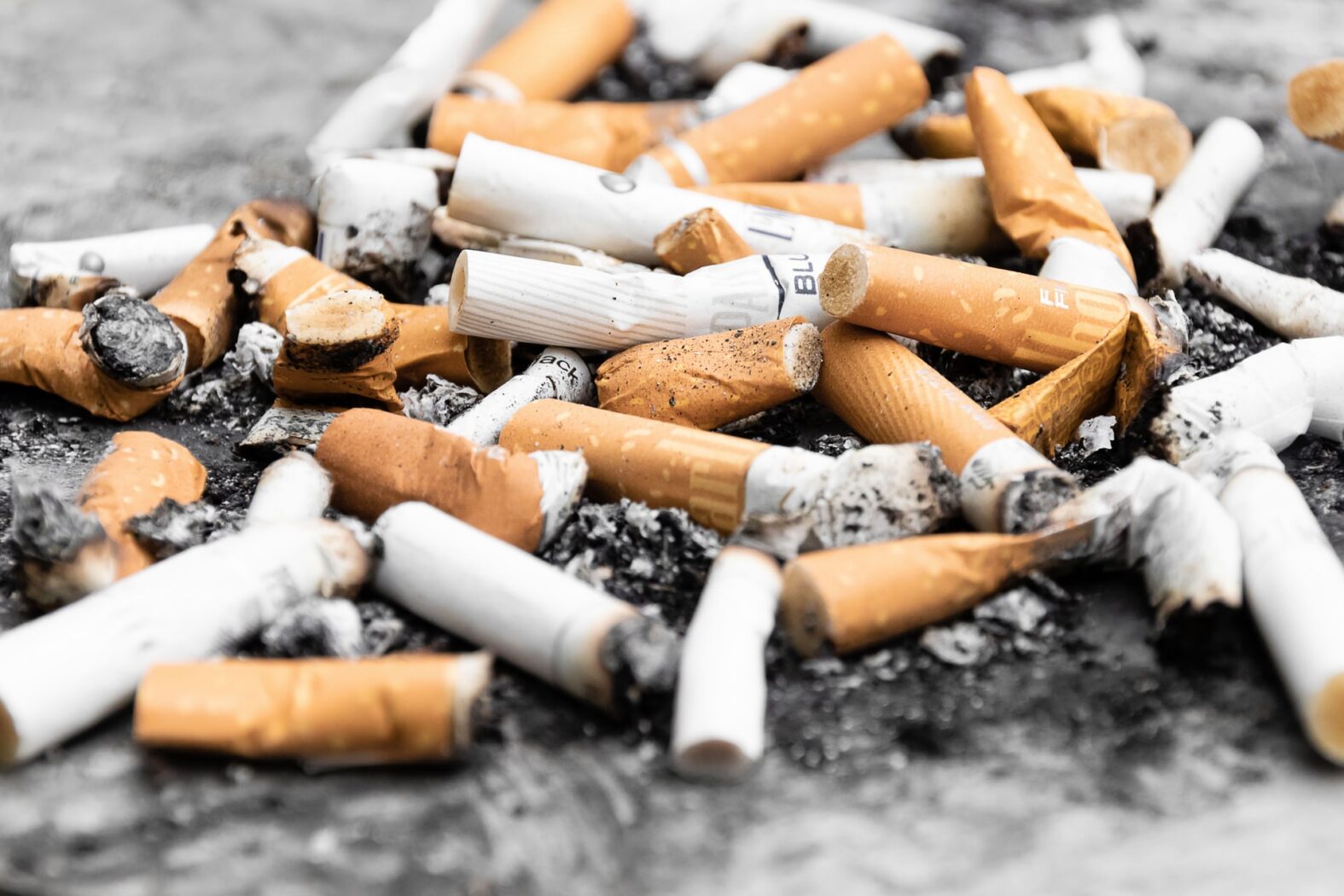
May Be Habit Forming
By Ann Constantino,
Photo by Pawel Czerwinski on Unsplash
Around this time of year, the end of one and beginning of another, many people are inclined to make some changes. Spurred by the sense of renewal that turning over the December page can bring we resolve to do things better, make healthier choices, perhaps correct some “bad habits”.
Famously, many of these resolutions fall by the wayside. Some go quickly, some fade after a more dedicated effort, but often we end up feeling guilty or somehow “less than” for not sticking to the new and improved version of ourselves.
The science behind habits
It turns out there is some science to habit that could be helpful in being more successful with this year’s reforms.
Habit, apart from that worn by Sally Field as she flew about our TV screens once upon a time, is an evolutionary technique for saving energy and effort, something all organisms strive for to improve their chances of survival. When the brain orchestrates a certain action over and over, less and less conscious effort is required to execute that action. We know this is energy saving because we can all imagine how hard it would be to have to focus and concentrate through every action of riding a bike or driving a car, activities we barely think about because we have formed the habits of hand-eye coordination, muscle engagement and memory, etc., through our many repetitions of these activities.
When the brain orchestrates a certain action over and over, less and less conscious effort is required to execute that action
However sometimes habits are formed that do not encourage good health or long term survival. “Bad” habits form for a variety of reasons, from genetic predisposition to economic constraints, health issues to simple convenience. To “break” a bad habit, science gives us a model of how habit is formed and by simply switching the “bad” components out for the “good”, the brain may barely notice that you have replaced your gut grenade burger lunch with a kale salad.
There are said to be four stages of habit: cue, craving, response, and reward.
Cue
The cue is the suggestion that a reward may be available. Whether a primary need such as food or water or a secondary desire such as praise or approval, the cue alerts the brain to the presence of a reward.
Craving
The cue gives rise to the craving or motivational connection to getting that reward. The craving is not for the thing you do habitually per se, it’s actually for the sense of satisfaction. When you crank up Netflix, it’s not to see moving pictures on a screen, it’s to be entertained. It’s not grabbing your phone and reading your texts that you crave, it’s the satisfaction of your curiosity that is the reward.
Response
The next stage is the response or the actual performing of the habitual act: Watching Netflix, reading your texts. In light of New Year’s resolutions, it’s wise to note here that the response must be something you are capable of. “Set realistic goals” is how this is usually expressed.
Reward
Finally comes the reward. You enjoyed the movie, you connected with your friends. The brain learns to expect the reward.
These four stages form a continuous loop, in that energy-saving way of habit, that predicts the same outcome triggered by the cue, and removing the high-energy tasks of thought and decision-making from the equation.
Breaking bad habits
With this model, new “good” habits can be formed and old “bad” habits can be broken. Say you want to take a walk every day after work. Set up your cue: put your favorite walking shoes right by the door so you can’t miss them when you come in. This will start to stimulate the craving for how good it feels when you complete your walk. Make the response something you can do EASILY: Walk for 5 minutes, not 5 miles. Reap the reward.
It is universally agreed that replacing a “bad” habit with a good one is essential to letting go of the undesirable rut
The process can be flipped on its head to remove a “bad” habit. Say you want to stop reaching for the remote and sinking into the softest spot on the couch when you come home from work. Hide the remote and put an obstacle like a Great Dane on your couch to make the cues less visible. Program your TV to only show channels you despise to quell the craving and make the response as unappealing as possible, making the reward unsatisfying, something like watching the golf channel for an hour.
It is universally agreed that replacing a “bad” habit with a good one is essential to letting go of the undesirable rut, so be sure to have a new practice ready to go once you decide to change your ways.
This is not an easier way to stick to your resolutions, but it is more methodical and pragmatic than the wishful thinking we often employ and will bring more success. Play around with some ideas and write out some scripts for cue/craving/response/reward around some habits that are not emotionally charged such as which shoe you put on first or how you wash your hair. Once you have a good grasp on the sequence, try some tackling tougher habits like phone use, food choices, exercise, etc., but in small easily digestible doses.
If you are in the habit of beating yourself up for breaking your resolutions, you may find the suggestions here will help you leave that one behind as well.
Ann Constantino, submitted on behalf of the SoHum Health’s Outreach department.
Related: Seasonal, SoHum Health, Wellness